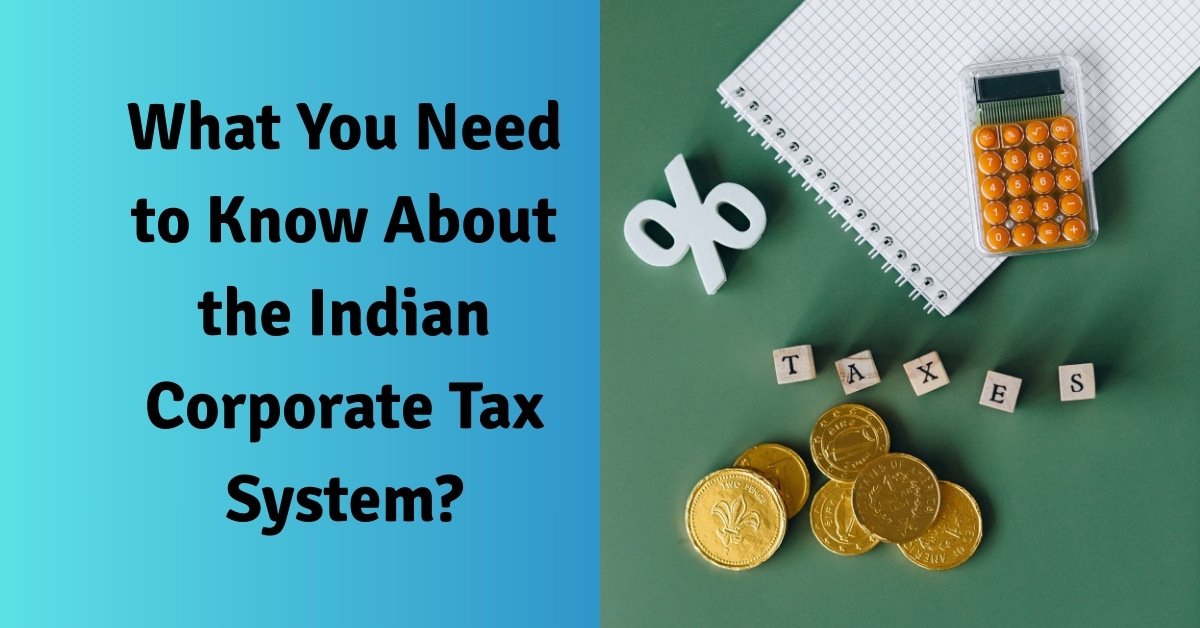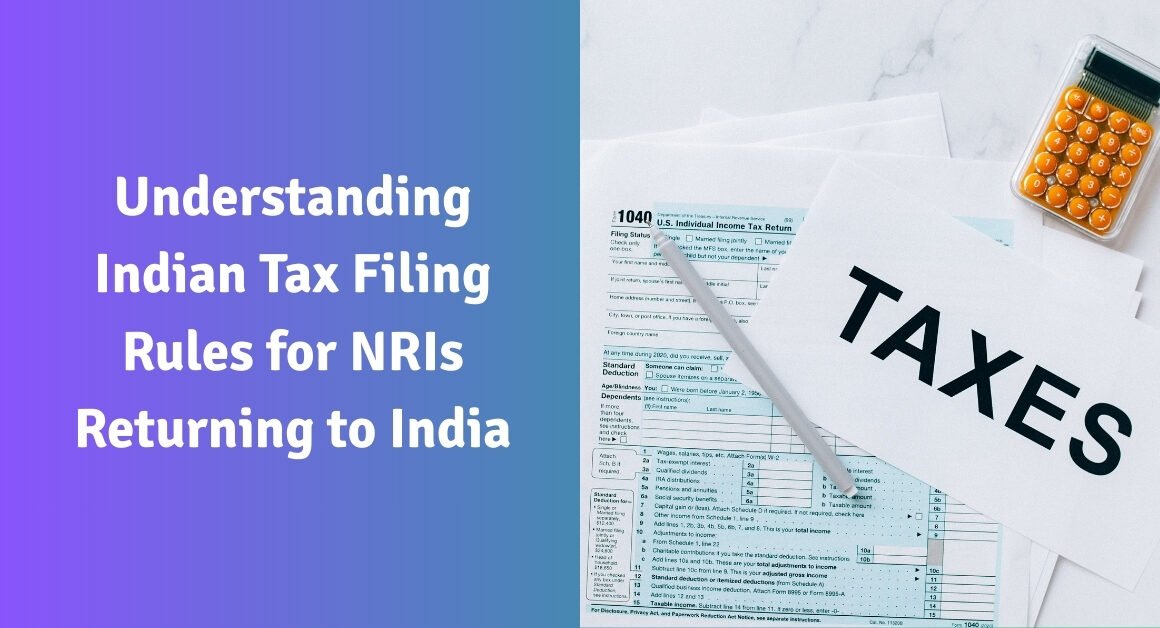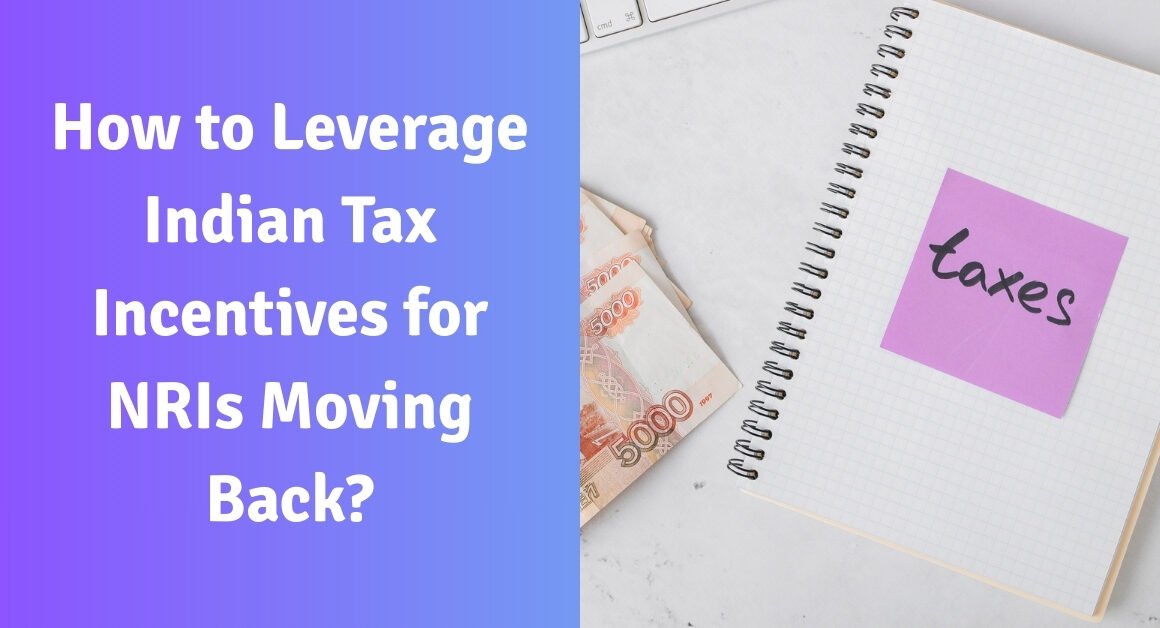Knowledge of India’s corporate tax regime is vital for companies that seek to prosper in one of the world’s most rapidly developing economies. Indian taxes are classified into two categories: Direct Taxes and Indirect Taxes. Direct taxes are imposed on the income that various business entities receive during a financial year, with various taxpayers registered with the Income tax department paying tax at different rates. With recent policy reforms and competitive rates, India has emerged as a desirable investment destination for domestic as well as foreign investments. Let’s go through the primary features of Indian corporate tax laws that every businessman should be aware of.
Types of Companies Under Tax Law
For tax purposes, Indian companies are divided into two groups. Domestic companies are those which are registered under the Companies Act of India and comprise those registered in foreign nations with control and management entirely based in India. Foreign companies are those which are not registered under the Companies Act of India and have control and management outside India. A domestic company consists of both private and public companies, and while domestic companies pay tax on their universal income, foreign companies pay tax only on income obtained in India – that is, income accrued or received in India.
Latest Corporate Tax Rates
From AY 2020-21, domestic companies are subject to varying rates of tax depending on their turnover. Firms with turnover of up to Rs 400 crore in FY 2017-18 are taxed at 25% under Section 115BA with a surcharge of 7% or 12%. Firms choosing Section 115BAA have a flat 22% with a 10% surcharge. Manufacturing firms in Section 115BAB get a preferential rate of 15% with a 10% surcharge. In every other situation, the tax is 30% with relevant surcharges. The 2025 Budget has introduced changes for foreign companies, reducing the standard tax rate to 35% for AY 2025-26 (previously 40%). However, royalty received or fees for technical services from the government or any Indian concern under agreements made before April 1, 1976, and approved by the central government remain taxed at 50%.
Did you know? The Budget 2025 has brought in special provisions whereby inland vessels enrolled under the Inland Vessels Act, 2021 can choose to be under the Tonnage tax scheme or remain under the regular corporate tax regime from AY 2026-27. This measure is to give a boost to inland water transportation and bring investment into this space.
Surcharge and Cess Structure
On top of the marginal tax rates, surcharges exist based on income levels. For local companies, if total income is over Rs. 1 crore but less than Rs. 10 crores, there is a 7% surcharge. When total income is over Rs. 10 crores, there is a surcharge of 12%. Foreign companies have lesser surcharges of 2% and 5% respectively for the same ranges of income. All corporations need to pay a further Health & Education Cess, 4% of the income tax assessed plus the corresponding surcharge. This further cess goes towards paying for health and education projects around the nation.
Minimum Alternate Tax (MAT)
All firms, including foreign firms, have to pay a Minimum Alternate Tax (MAT) at 15% of book profits if the tax computed on the basis of regular rates is less than 15% of book profits. But this provision will not be applicable to firms choosing taxation under Section 115BAA or Section 115BAB. MAT ensures that profitable firms that pay little or no tax because of exemptions continue to contribute to the national exchequer. Firms paying MAT are given credit that can be carried forward and used to offset future regular tax liabilities.
Compliance Requirements for Companies
Companies, both local and foreign, are required to submit their income tax returns not later than October 30th each year. Regardless of whether a company was formed in the same financial year, it has to submit an income tax return for that year within the stipulated time. All such companies are required to file their return in Form ITR 6 except those companies who are availing deduction under section 11. Companies who are registered under section 8 of the Companies Act, 2013 have to file their return in Form ITR 7. Besides, such companies are also liable to get their accounts audited and file the audit report on or before September 30 along with their return of income.
Conclusion
India’s corporate tax regime is to be navigated with planning and strategic vision. Dual tax regime provides business with the flexibility to select the most favorable structure depending on their individual situation. The 2025 Budget bringing in favorable reforms for certain industries such as inland water transportation and continued concessions on foreign company taxes, the tax climate of India continues to move in the direction of increased business friendliness and international competitiveness. Whether you’re growing your business in India or streamlining your current operations, familiarity with these fundamentals of taxation is critical for financial success here. Optimize your India tax strategy? Consider consulting a cross-border taxation specialist who has expertise in both Indian and international tax laws.
FAQs
1. What is the current corporate tax rate in India for domestic companies?
Ans – 22% under Section 115BAA, 15% under Section 115BAB, or 25-30% under traditional regime based on turnover.
2. What tax rate applies to foreign companies in India as of 2025?
Ans – 35% on income earned in India, down from the previous 40% rate.
3. What is the Minimum Alternate Tax rate in India?
Ans – 15% on book profits, not applicable to companies opting for Sections 115BAA or 115BAB.
4. What types of income are considered for corporate taxation?
Ans – Business profits, capital gains, rental income, and income from other sources like dividends and interest.
5. How is surcharge calculated for companies in India?
Ans – 7% for domestic companies with income between Rs.1-10 crore, 12% above Rs.10 crore; lower rates for foreign companies.
6. When is the due date for filing corporate tax returns?
Ans – October 30th every year for all companies, including newly established ones.
7. What is the Health & Education Cess rate?
Ans – 4% of the income tax plus applicable surcharge.
8. Which ITR form should a regular company use?
Ans – ITR 6 for most companies, except those claiming deduction under section 11.
9. What is the new tax provision for inland vessels from 2025?
Ans – They can choose between the Tonnage tax scheme or the normal corporate tax regime from AY 2026-27.
10. When is the tax audit report submission deadline?
Ans – September 30th for eligible companies.
Disclaimer: The information provided here is for educational and informational purposes only and should not be construed as financial, legal, or tax advice. Consult with a qualified professional before making any investment decisions. We do not accept any liability for errors or omissions in this information nor any direct, indirect, or consequential losses arising from its use.





